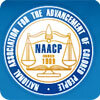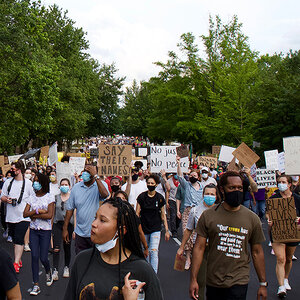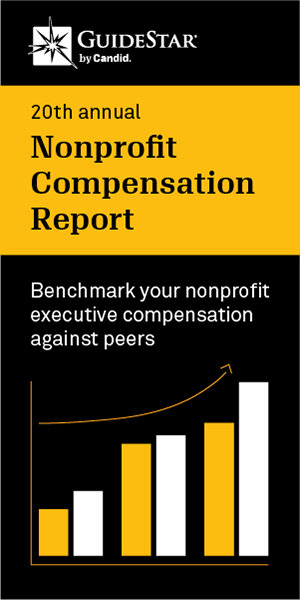National Association for the Advancement of Colored People

Mission:
The primary focus of the NAACP is the protection and enhancement of the civil rights of African Americans and other minorities. Through national, regional, and local efforts, the organization works to secure civil rights through advocacy for supportive legislation and voter empowerment. It is also poised to defend civil rights wherever and whenever they are threatened.
Purpose of Site:
To outline and describe the activities and programs of the NAACP. The site also provides information on the organization's history and how to become a member, links to NAACP local units, and resources for minorities and other minority organizations.
Background:
Originally called the National Negro Committee, the NAACP was founded in 1909, when it began fighting legal battles over social injustice and organizing protests against segregation. In 1935, NAACP lawyers Charles Houston and Thurgood Marshall won a major legal battle when they were able to help a black student gain admission to the University of Maryland. Nearly a decade later in 1946, the NAACP won the Morgan vs. Virginia case, which led to the Supreme Court ban on laws sanctioning segregated facilities in interstate travel by bus and train.
The civil rights movement gained steam in 1954, when the NAACP won the Brown vs. Board of Education case under Marshall's leadership. Then, in 1955, NAACP member Rosa Parks refused to give up her seat on a segregated bus in Montgomery, Alabama. Her action was the catalyst for a string of peaceful protests, including sit-ins at segregated lunch counters in the South. The movement ultimately led to the Civil Rights Act of 1964 and the Voting Rights Act of 1965.
Home Page:
The NAACP Web site greets users with the proclamation that it has completed "ninety-three years of making democracy work," but then it quickly gets down to business with a bar across the top of the page with useful links such as Make a Difference (how to become involved in NAACP efforts), Join (how to become a member of the organization), Search (scour the site for specific information), and Contact Us (how to reach the organization). Further down the page, the links on the left side lead to sections of the site such as NAACP Action, News, Leadership, and Programs. The right side features links to the most recent NAACP news and the organization's stand on current issues.
Outstanding Feature:
The area of the site covering the organization's Voter Empowerment Program encourages African Americans to make their voices heard through voting. The main page of the program's site provides a description of the voting status of African Americans in the United States, including the statistics that more than eight million eligible African Americans are not registered to vote and about twelve million registered African American voters don't vote.
In addition to voting statistics, the site provides a link to a government site where users can register to vote. It also has links to updates on election reform and voting rights information; the NAACP's Youth Fellows Program, which involves high school seniors in the voting empowerment effort; and the organization's Leadership Institute, which provides training in skills and strategies for voter empowerment. Anyone who wants to launch a grassroots "get out the vote" campaign can visit the site to find materials and instructions on how to execute the effort.
Honorable Mention:
The Find Us Locally page, available from most pages throughout the site, catalogs all of the local branches of the NAACP across the United States. A user can click on any state to access a list of the local chapters and links to Web sites of local organizations. The page also includes a link to the NAACP's European Web site.





